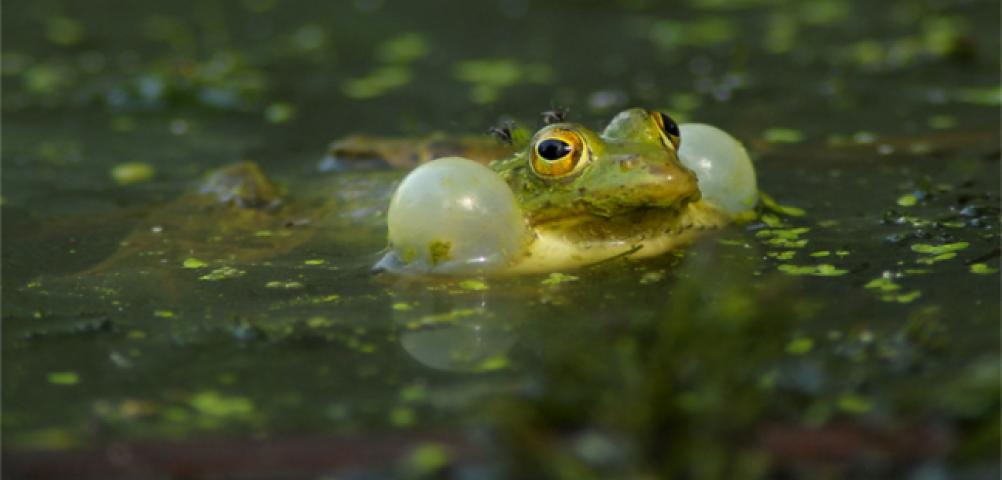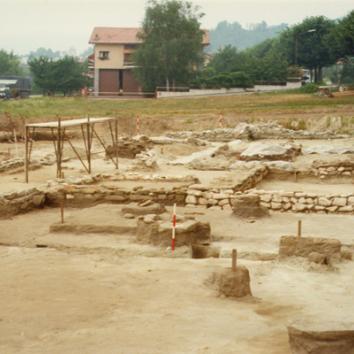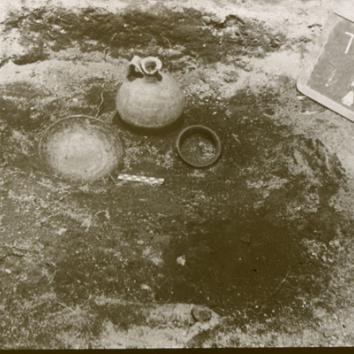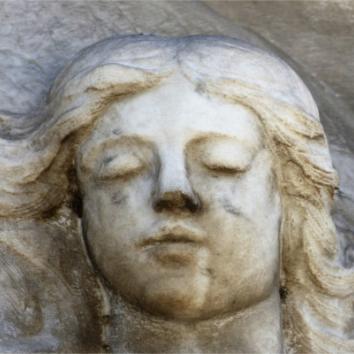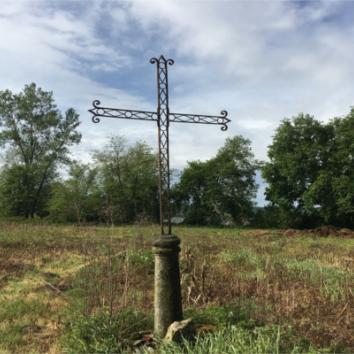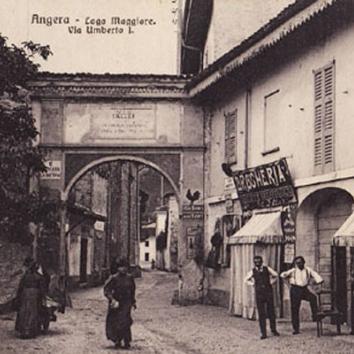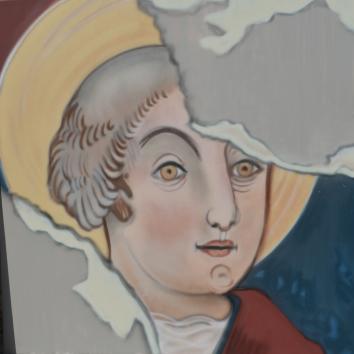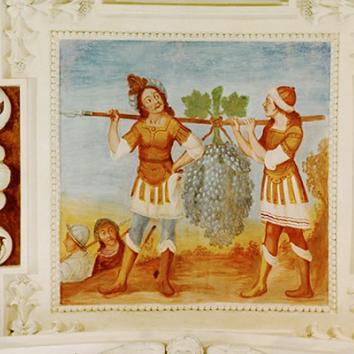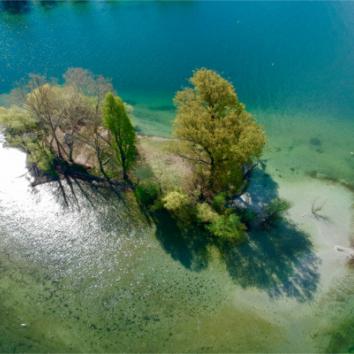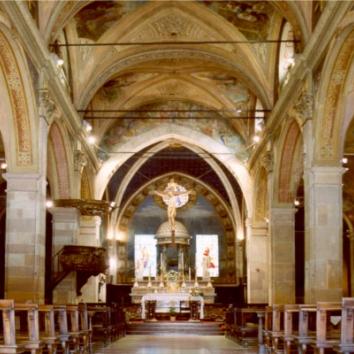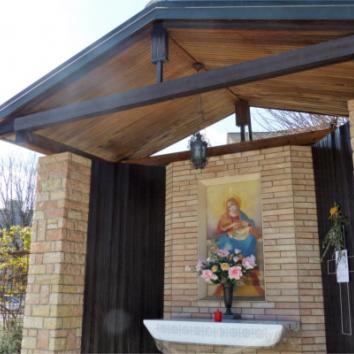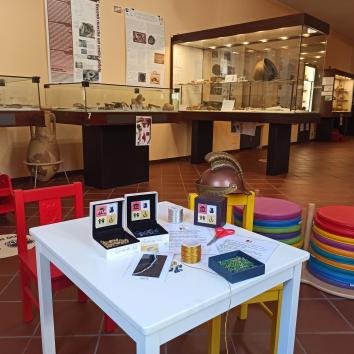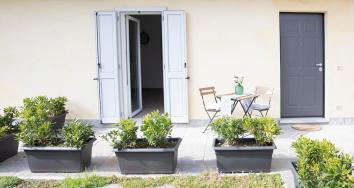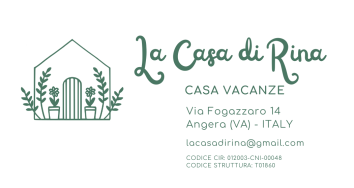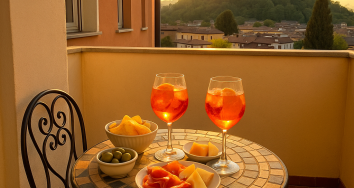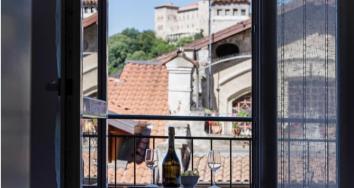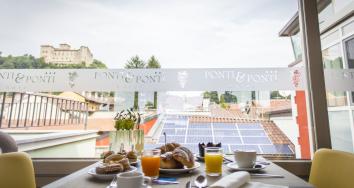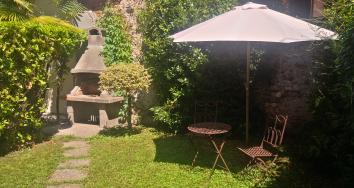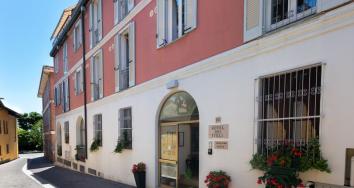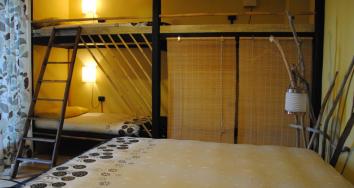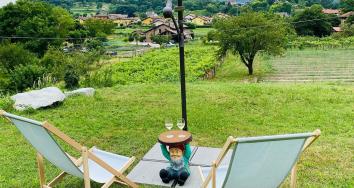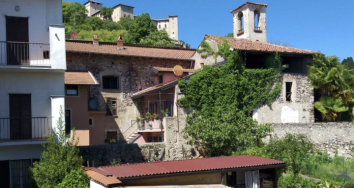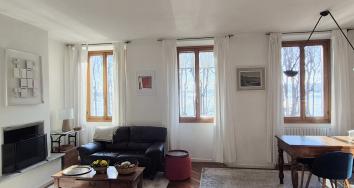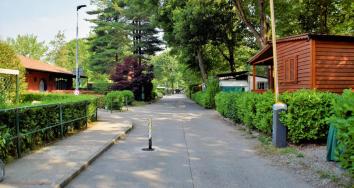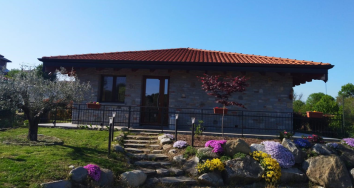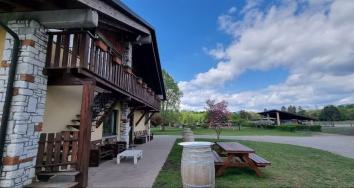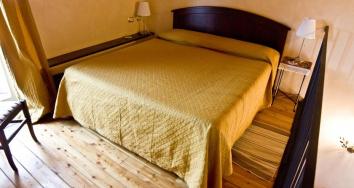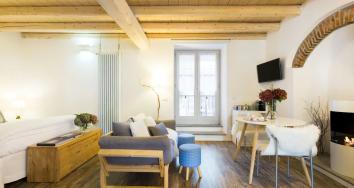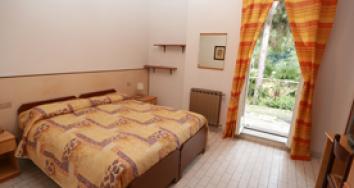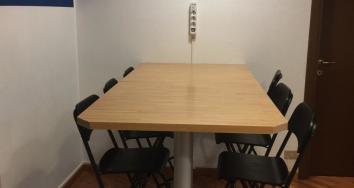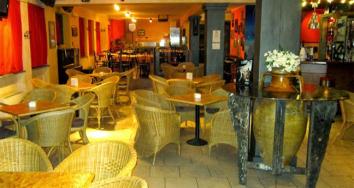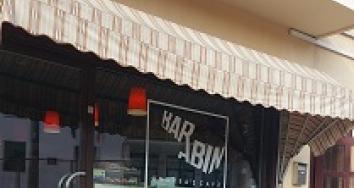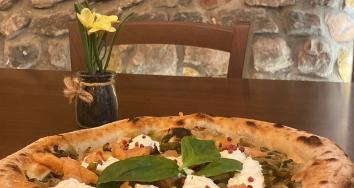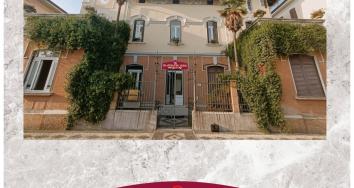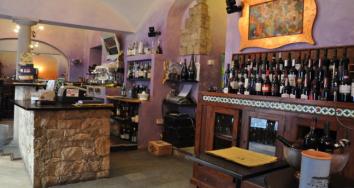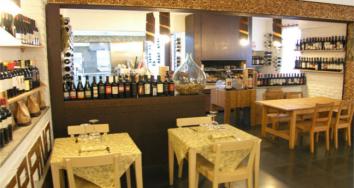Oasis of Bruschera
The wetland area of Bruschera, of about 164 hectares, located on the Lombard shores of Lake Maggiore south of the town of Angera, represents one of the last stretches of flooded forest in Lombardy, characterized by a vast wet forest of Black Alder, a system of springs, meadows, ponds and reed beds along with oak woods where small agricultural plots are inserted.
The strong landscape, environmental and ecological value, have led to its designation as a site of Community importance, Swamp Bruschera and the inclusion in the special protection area of Reeds of Lake Maggiore.
The remarkable naturalistic interest of this site is due to the presence of habitats of community interest and to the good state of conservation of the same, as well as to the presence of valuable flora and fauna elements. The area includes several ecosystems.
The northern part of the area is the most humid and here are the woodland formations dominated by black alders, the extensive willows, mixed reeds and sedges, the presence of a lanca enriches the vegetation with typical formations of lentic waters. The central-southern part is instead characterized by a mesophile hardwood forest dominated by oaks.
Access to the marsh is possible thanks to paths and dirt roads, which can be traveled on foot or by bicycle. There are three entrances: one from Via Arena and two from Via Bruschera, near a consortium purifier. A part of this plant is a phyto-purifier that has the appearance of a pond with a high concentration of particularly nourishing organic substances for aquatic fauna. Next to this plant, not far from the lake and from Punta della Forca, there is a birdwatching shed.
The marsh is a refuge for aquatic fauna, for migratory birds, amphibians, reptiles and small mammals. Here are nested different animal species including herons, coots, grebes, moorhens. Lurking patiently it is possible to spot the black kite in flight, the marsh harrier, the lodolaio, but also the night heron, the water rail and other more or less rare birds. The most common mammals are the fox, the squirrel, the dormouse, the shrew, the badger. The flora and trees are equally valuable: there are several species of plants, although the most striking are certainly the water iris, the cattail and the water lily.
In a not well identified point of the naturalistic area, between the marsh and the lake, in 1776 during a boat trip, the scientist Alessandro Volta discovered the inflammable native air of the marshes, which is nothing but methane.

